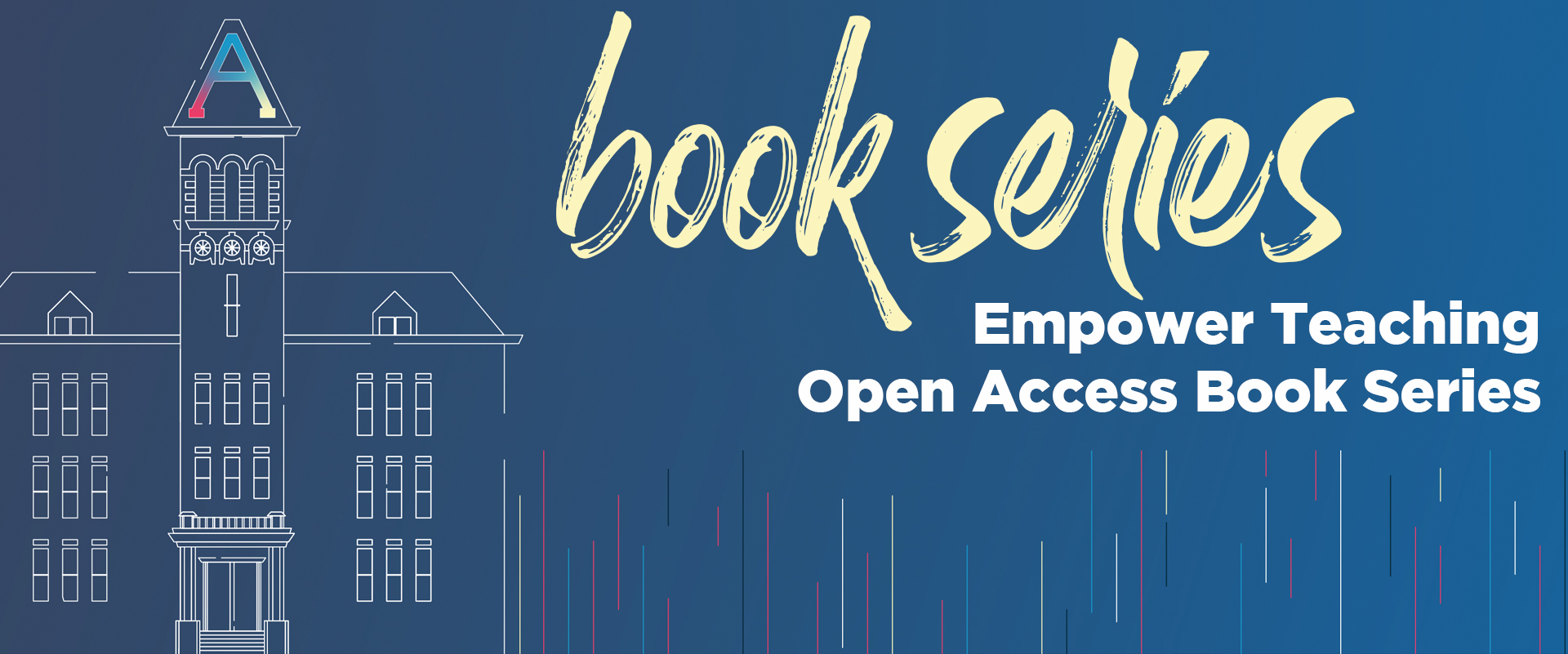Document Type
Chapter
Journal/Book Title/Conference
Making Connections: A Handbook for Effective Formal Mentoring Programs in Academia
Editor
David Law & Nora Domínguez
Publisher
Utah State University
Publication Date
5-15-2023
First Page
347
Last Page
358
Creative Commons License

This work is licensed under a Creative Commons Attribution-Noncommercial-No Derivative Works 4.0 License.
Abstract
Competitive and highly structured mentoring relationships between undergraduate students and professional researchers are often life-changing. However, such mentoring programs often have rigid qualifications and attract students who are already advanced in their educational and professional planning. The University of New Mexico (UNM) developed a program to shift the paradigm to attract entry-level students for whom “professional research” was still a new and daunting concept. By pairing these students with engineers and scientists at the Air Force Research Laboratory and Sandia National Laboratory, UNM was able to engage students in structured, low-stakes mentoring that helped shape their current understanding of research, and illuminated career pathways and opportunities in their chosen academic disciplines. The Science, Technology, Engineering, and Math (STEM) Collaborative Center staff recruited entry-level UNM students as mentees and recruited engineers and scientists as mentors. UNM then matched mentor-mentee pairs using an interest form, hosted introductory events for pairs to meet on campus, and followed up with mentors and mentees to provide support and promote ongoing conversations. Students who participated in this program were more likely than their peers to persist at UNM.
Recommended Citation
Schroeder, Timothy; Hackel, Tara S.; and Sawyer, Yadéeh E., "Chapter 17- Mentoring Redesigned to Attract Entry-Level Students" (2023). Making Connections. Paper 19.
https://digitalcommons.usu.edu/makingconnections/19


